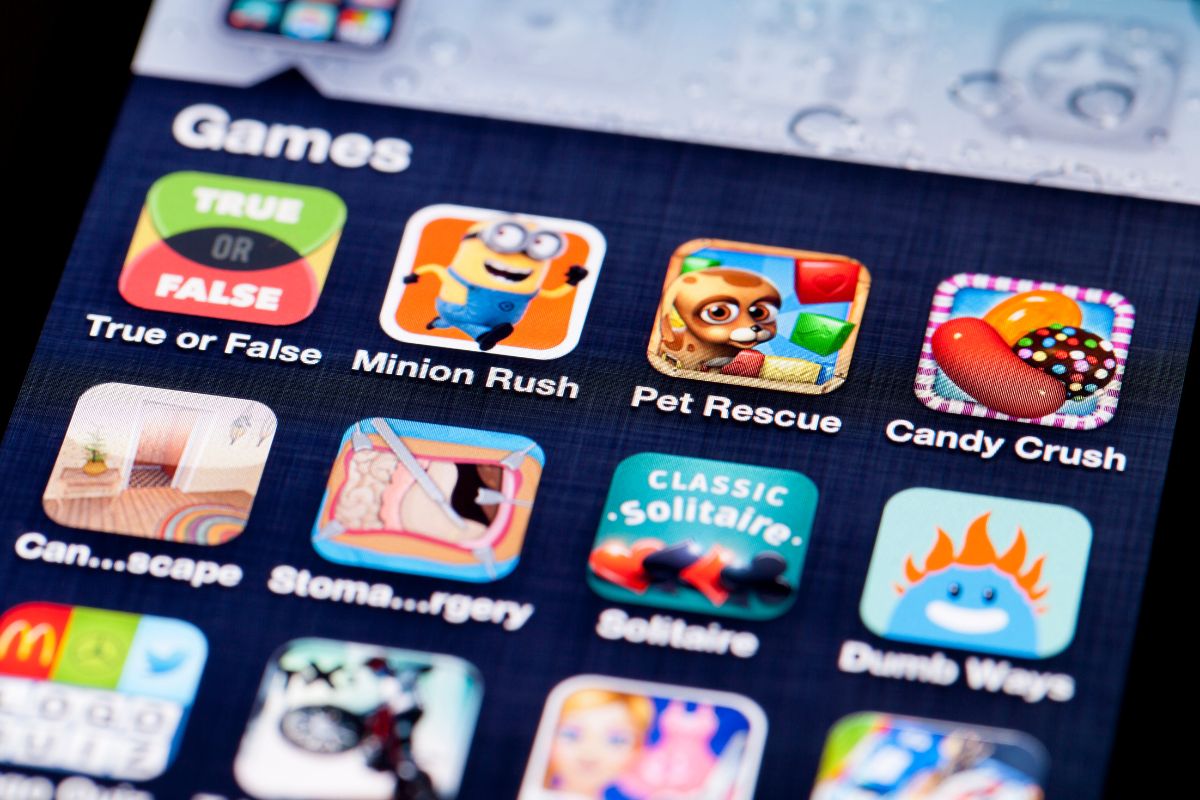Consumer spending on applications dropped by 2 percent in 2022 when compared to 2021.
Consumer spending on mobile games dropped in 2022 when compared to 2021 as people reined in their shopping decisions in the face of increasing inflation, according to app analytic firm Data.ai’s recent report.
The company formerly known as App Annie recently released its most recent State of Mobile report.
Spending on applications as a whole fell by 2 percent last year when compared to 2021. More specifically, spending on mobile games dropped by 5 percent, reaching $110 billion in 2022. The Data.ai’s report also looked at the broader spending environment, including retail, ads, and social media apps.

That said, despite the drop in overall spending on these applications, the rate of first-time installations of app titles increased by 8 percent, reaching a record 90 billion. “Hypercasual” apps saw the largest growth rate last year.
“We are seeing this major theme emerge of people being more price sensitive and financially more conservative,” said Data.ai head of insights Lexi Sydow in a recent CNBC report, pointing out that the “biggest hit” in app spending was suffered by the gaming category.
There are a number of issues holding app purchases back, but mobile games are under particular pressure.
In the face of economic challenges such as borrowing costs and higher prices, consumers are thinking harder before they make discretionary purchases. As a result, gaming has been facing particular pressure, even within the broader app purchasing ecosystem.
Global mobile games have been leading growth in the overall video gaming industry for the last few years. Major publishers have been betting hard on developers in this category. That said, last year, it was non-gaming apps that were the more resilient options according to the research conducted by Data.ai. The value of purchases in non-gaming applications increased by 6 percent compared to 2021, reaching $58 billion.
That growth rate was driven primarily by in-app purchases and subscriptions in short-form video services such as TikTok, streaming platforms, and dating apps. Downloads in non-gaming roase by 13 percent between 2021 and 2022, reaching 165 billion.

